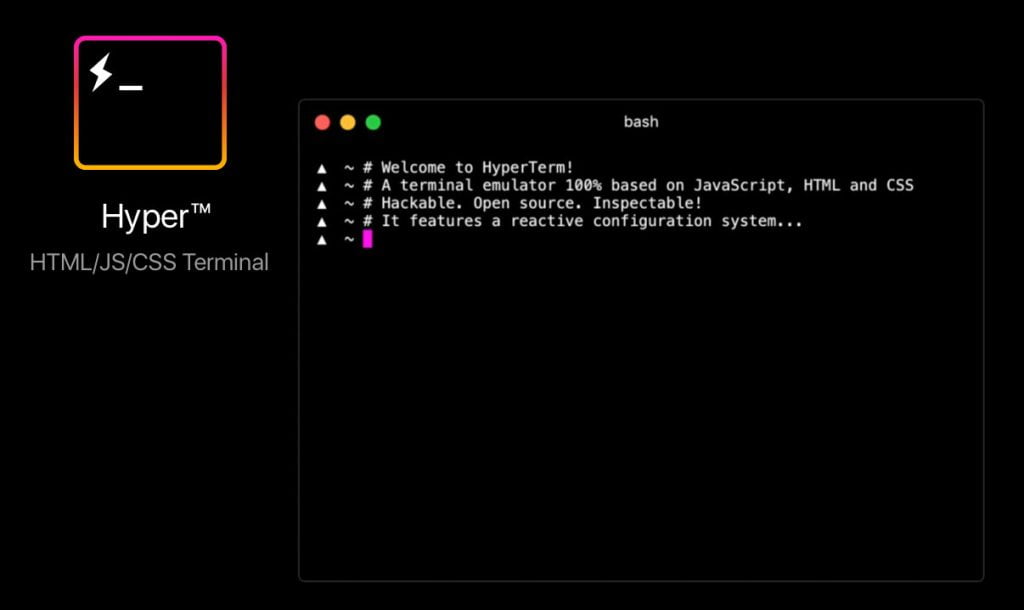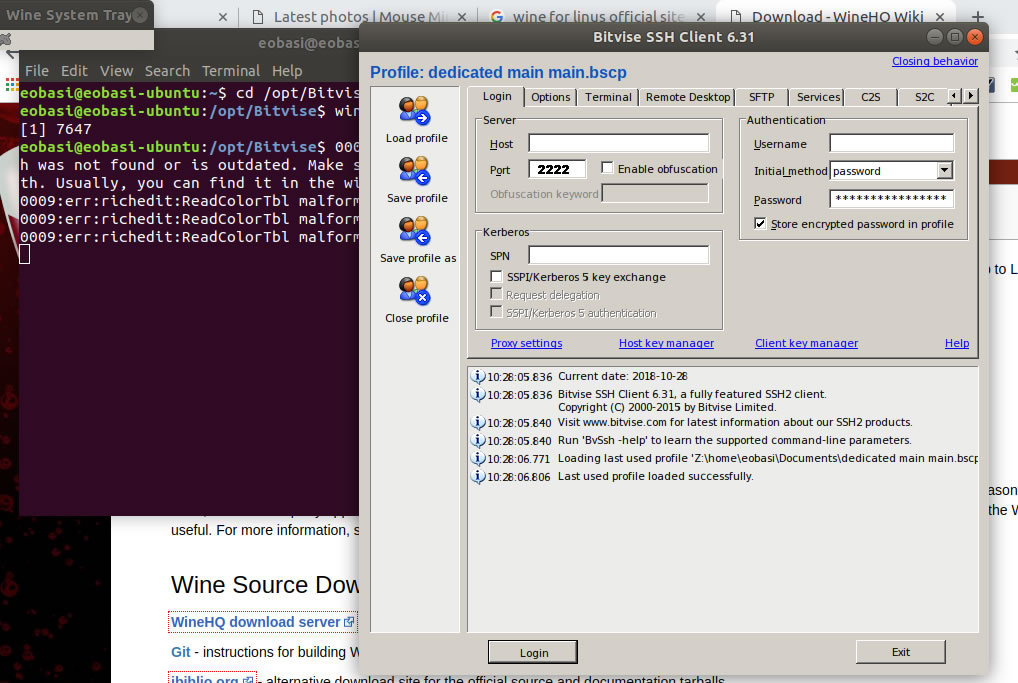

Can I use these keys with Azure DevOps Services?Ī: Yes. Q: I use PuTTY as my SSH client and generated my keys with PuTTYgen. If you're using the Bash shell (including Git Bash), start ssh-agent with: eval `ssh-agent` Your passphrase so you don't have to provide it every time you connect to your repo.
#Using ssh on mac windows
Ssh-keyscan -t rsa > ~/.ssh/known_hosts Q: How can I have Git remember the passphrase for my key on Windows?Ī: Run the following command included in Git for Windows to start up the ssh-agent process in PowerShell or the Windows Command Prompt.
#Using ssh on mac verification
What should I do? Host key verification failed.įatal: Could not read from remote repository.Ī: Manually record the SSH key by running: Q: After running git clone, I get the following error. To prevent problems, Windows users should run a command to have Git reuse their SSH key passphrase. Git will clone the repo and set up the origin remote to connect with SSH for future Git commands. When you are asked if you want to continue connecting, type yes. Warning: Permanently added ',65.52.8.37' (RSA) to the list of known hosts.Įnter passphrase for key '/c/Users/jamal/.ssh/id_rsa': The authenticity of host ' (65.52.8.37)' can't be established. Once you accept the host's fingerprint, SSH will not prompt you again unless the fingerprint changes. SSH displays this fingerprint when it connects to an unknown host to protect you from man-in-the-middle attacks. You should verify that the displayed fingerprint matches one of the fingerprints in the SSH public keys page. git clone may display the server's SSH fingerprint and ask you to verify it. For more information, see Introducing Azure DevOps, Switch existing organizations to use the new domain name URL. However, the previous format that references the format is still supported. With Azure DevOps Services, the format for the project URL is /. If not, see the section on Questions and troubleshooting. Test the connection by running the following command: ssh -T everything is working correctly, you'll receive a response which says: remote: Shell access is not supported. If your key expires, you may upload a new key or the same one to continue accessing Azure DevOps via SSH. Also note that SSH keys stored in Azure DevOps expire after five years. There are no restrictions on how many keys you can add to your user profile.

You can delete the key or create a new entry for another key. Give the key a useful description (this description will be displayed on the SSH public keys page for your profile) so that you can remember it later. Be sure to remove this newline if it occurs. When pasting in the key, a newline often is added at the end. If the private key isĬompromised, attackers can use it to trick servers into thinking the connection is coming from you.Īvoid adding whitespace or new lines into the Key Data field, as they can cause Azure DevOps Services to use an invalid public key. It is important to never share the contents of your private key.

This command produces the two keys needed for SSH authentication: your private key ( id_rsa ) and the public key ( id_rsa.pub ). Your public key has been saved in /c/Users/jamal/.ssh/id_rsa.pub. Your identification has been saved in /c/Users/jamal/.ssh/id_rsa.

$ ssh-keygen -C public/private rsa key pair.Įnter file in which to save the key (/c/Users/jamal/.ssh/id_rsa):Įnter passphrase (empty for no passphrase): If you give a passphrase, be sure to configure the SSH agent to cache your passphrase so you don't have to enter it every time you connect. You can give a passphraseįor your private key when prompted-this passphrase provides another layer of security for your private key. This command will create a 3072-bit RSA key for use with SSH. You can overwrite the keys with the following commands, or skip this step and go to configuring SSH keys to reuse these keys.Ĭreate your SSH keys with the ssh-keygen command from the bash prompt. If these files exist, then you have already created SSH keys. ~/.ssh folder (for example, /home/jamal/.ssh or C:\Users\jamal\.ssh) and look for the following files: The commands here will let you create new default SSH keys, overwriting existing default keys. If you have already created SSH keys on your system, skip this step and go to configuring SSH keys.


 0 kommentar(er)
0 kommentar(er)
